Short-term mission trips are expensive, and the truth is, teams make little impact in the few short days they’re on the ground. A little harsh? Maybe, but it’s because of this (and more) that mission trips have gotten a bad rap for some time. Read on, and we’ll discover why together!
First, here are a few statistics that can help us dig into this more:
-
According to a 2010 estimate, 2-3 million people from the U.S. go on short-term mission trips internationally each year.
-
It costs an average of $1,370-$1,450 per person to go on an international trip. Collectively, that’s $1.6 billion a year.
-
Put another way, that same $1.6 billion a year could provide a yearly income for 4 million of the world’s extreme materially poor.
-
One short term mission team of 15 people spending $1,400 per person would spend $21,000—which could support 3-7 local community relief and development staff members for a year…and the short-term mission team is there for a week.
MIC DROP.
Is this surprising to you?
Boy, it sure was for me! Yet, this will be my third year in a row going back to Haiti, and my second year leading a team with The 410 Bridge. So why would I willingly return myself, and take it a step further by taking others too? Well, like many things, there’s more to the story and that’s what I want to share with you! It’s fascinating.
Quick note: Because I lead trips through The 410 Bridge, I reference their organization often, but these principles apply to many mission trips outside of 410 Bridge of course! If you’d like to better understand The 410 Bridge model, check out this story for a good background first.

While it’s true that mission trips have a high opportunity cost and impact is minimal (not to mention all the logistics, time, and staff it takes to facilitate a trip), it’s also true that short-term mission trips CAN be effective and ARE an important piece to community development around the world…that is, IF they are approached in the right way, being careful to embrace a different purpose than many traditional mission trips.
Here’s what I mean.
Mission teams should:
1) Be invited.
The 410 Bridge mission teams have to be invited in (this is of course after they’ve already established a partnership with the community). The leadership council in each community (comprised of self-volunteered and elected community members) determines what they want and need according to a development plan they’ve created. They know best - they do the inviting and they set the agenda.
2) Ensure the primary focus of the trip is for the benefit of the local church in the community.
It’s often been cited that one of the main good reasons to plan mission trips is the opportunity for growth and discipleship for participants on the trip itself. While the opportunity does often influence participant’s lives, research shows the impact doesn’t justify the cost alone.
Instead, in order for the trip to be effective, the primary focus and purpose for going needs to be for the benefit of the local church. When that becomes the primary focus, the itinerary, activities, and even thought patterns and interactions are different on the ground.
The local churches in Haiti, and many parts of the developing world, are the center of life in communities - much more than here in the U.S. The church supports a lot of the community functions (business trainings, kids activities, etc.) and people attend church for hours at a time. It’s the focal place where people gather. Therefore it’s easy to understand how supporting the local church then strengthens the community. By supporting the church, the community is being supported!
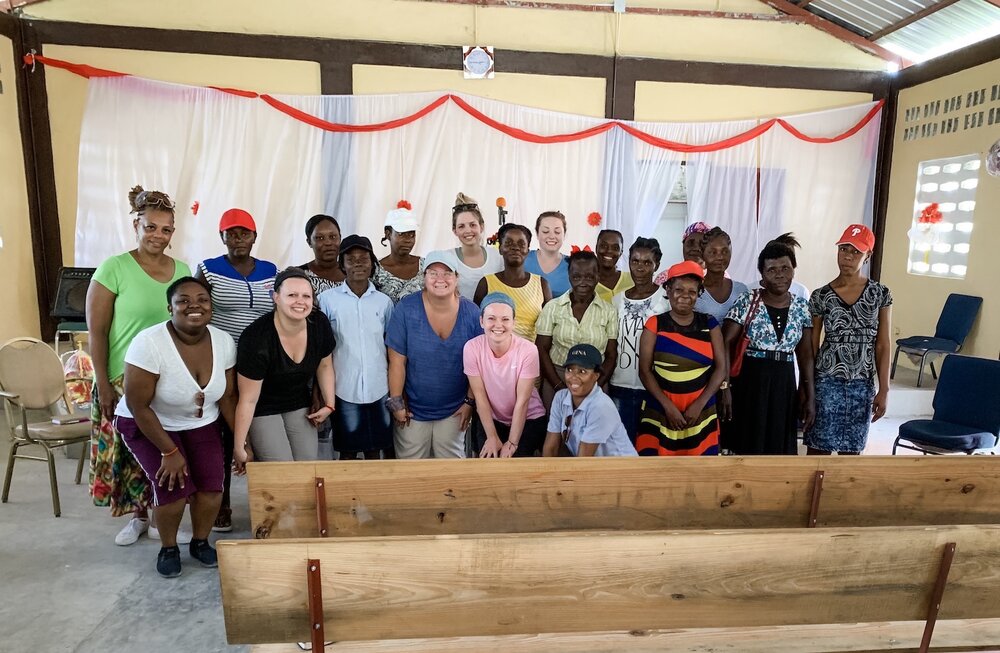
MEETING WITH A GROUP OF WOMEN BUSINESS OWNERS IN THE CHURCH
3) Go to be with, NOT do for.
Candidly speaking, there’s not a lot we can do in 5 days that communities can’t do themselves throughout the year. In communities such as those The 410 Bridge partners with, community members are already doing the work one might see on the agenda of a typical mission trip. In fact, 410 teams don’t go to do anything!
When we visit La Beyi this June, our itinerary will be chock full of activities that allow us to be with the community, not do for them. This is because they know what’s best for their community. They live there, and they’re already doing the work around the clock 365 days a year whether we’re there or not.
They don’t need us to evangelize to them—they already have God in their hearts! But what they do need, just like all of us, is encouragement to continue doing the hard work. They need to know someone out there sees them and cares.
They want to do life together—worship and pray together, share our cultures, and learn from each other. Doing so brings both of us more joy and energy - to encourage them to continue their development throughout the year AND to bring light into our daily lives as well! Let’s face it, we deal with some pretty tough stuff too…it may or may not be similar (we often discover it is!), but hardship is part of being human and we all need some perspective and joy in our lives!
4) Prepare well.
Going on a mission trip with the focus of being with is a mindset shift. It’s different than many traditional trips, and it takes time and preparation in order to really grasp the idea and be able to live it out on the ground. That’s a big part of the reason we start preparing in February for a June trip! We put a lot of emphasis around understanding what’s already been taking place in the community we’ll be visiting and our purpose for being there. I walk each of my teams through the Helping without Hurting in Short-term Missions Guide by Steve Corbett and Brian Fikkert. It’s phenomenal and it opened my eyes to global missions my first year! It’s now a requirement for the teams I lead, because it helps us lay a solid framework in understanding that we’re not going there to “save them”, but rather, to be with them - and if anyone’s getting saved, it’s probably us!
“We need to prepare ourselves to know that we don’t have all the answers and need to have a genuine interest in learning about the people and place we are going to serve. It’s not a vacation, but an opportunity to get to know and appreciate another part of God’s Kingdom.” - Kent Bosma, Zuni Christian Mission School, as outlined in Rethink Missions
5) Learn, encourage, and build relationships.
This is a biggy, and it’s essentially what “being with” means! It’s an honor and privilege to be welcomed into their community for a week! We have the chance to share about our cultures and learn from each other about our lives. We spend time praying together, reading scripture, and worshiping. We visit homes of the elderly or sick to simply spend time with them, learn about their families, and pray over each others' their lives. We do activities together like cooking a meal or Bible stories with the kids. At the end of the day, we’re not checking things off our list, but rather, counting the blessings of the day spent together, realizing we need them just as much as we think they need us! It’s such a beautiful and peaceful place to be.
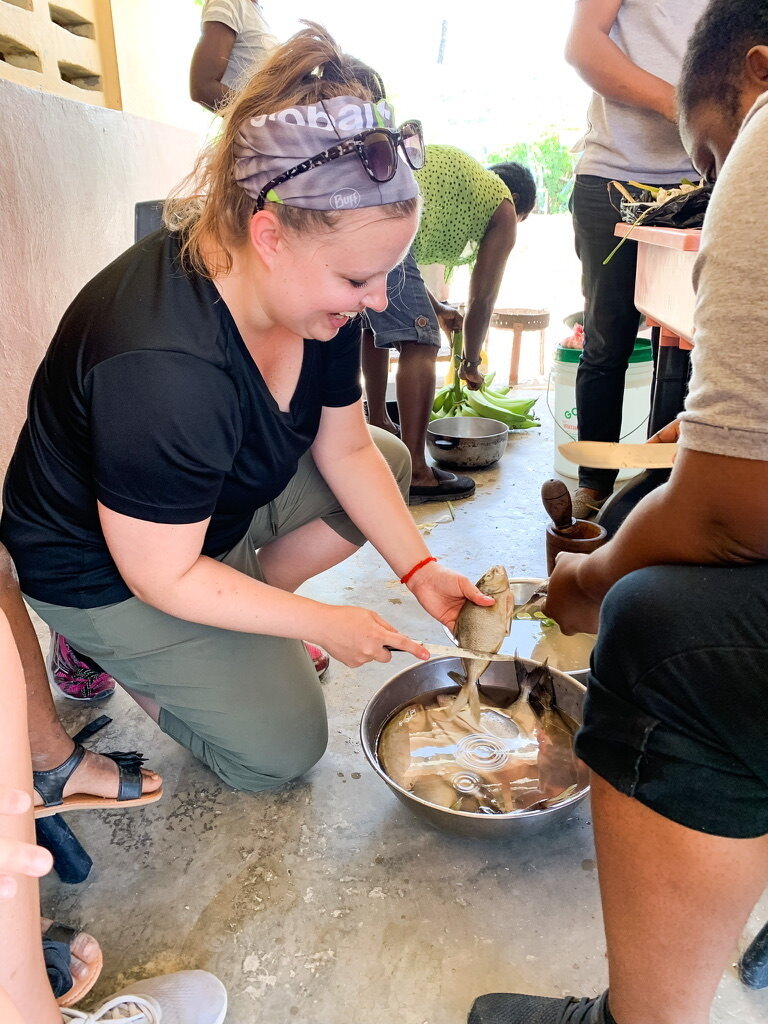
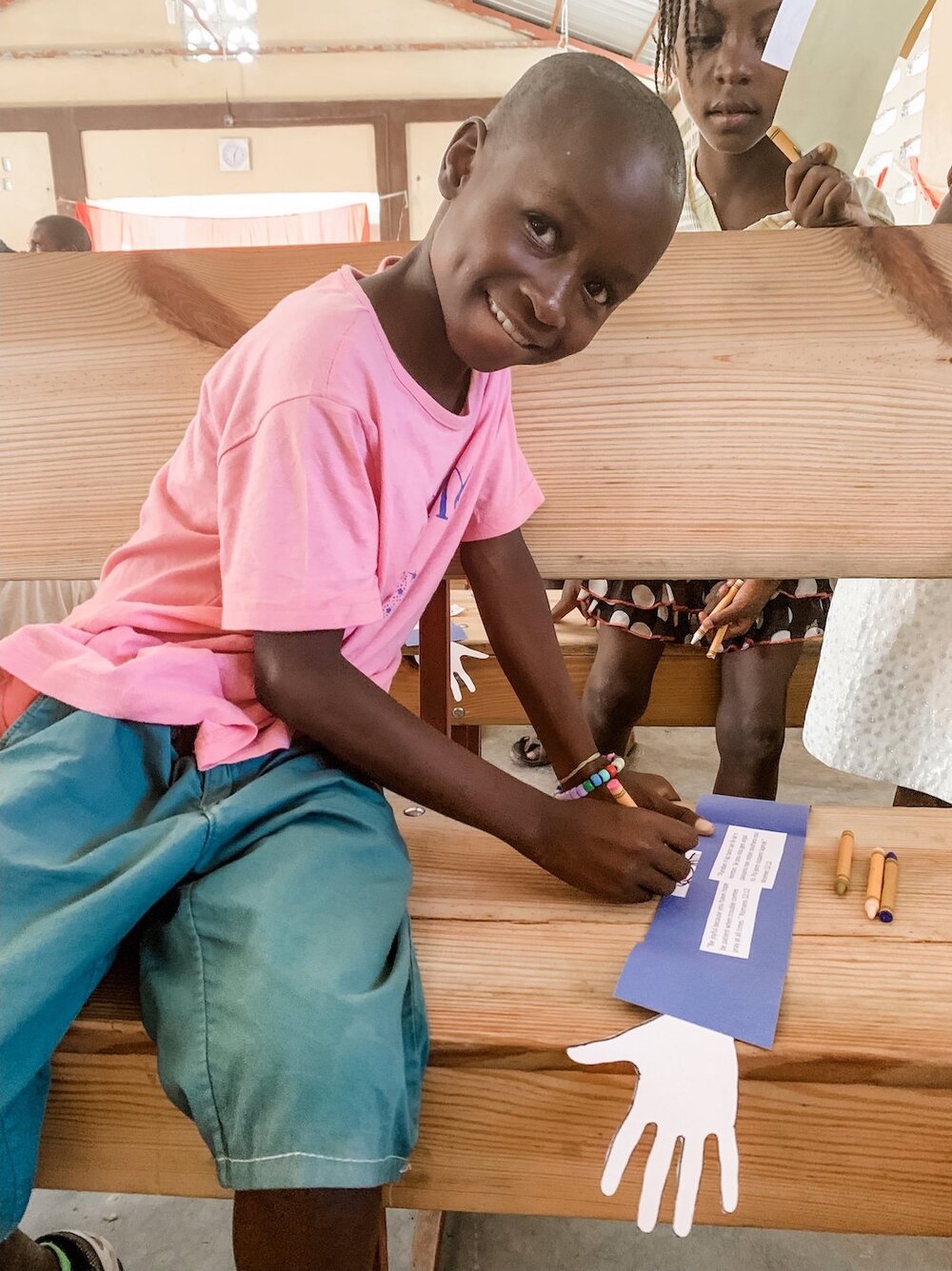
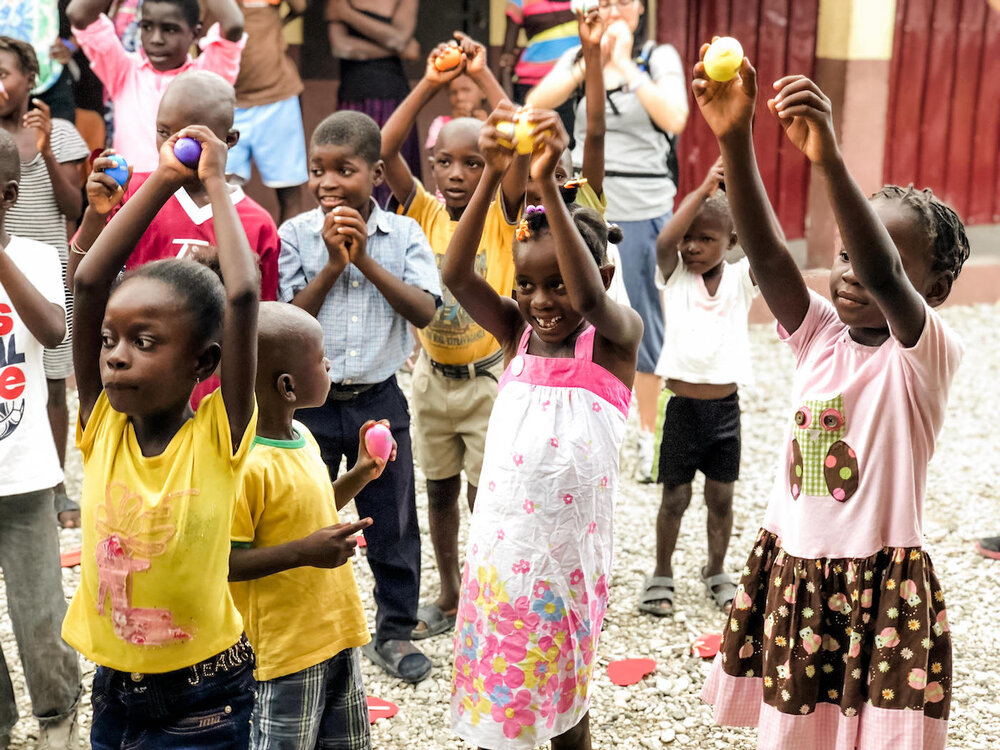
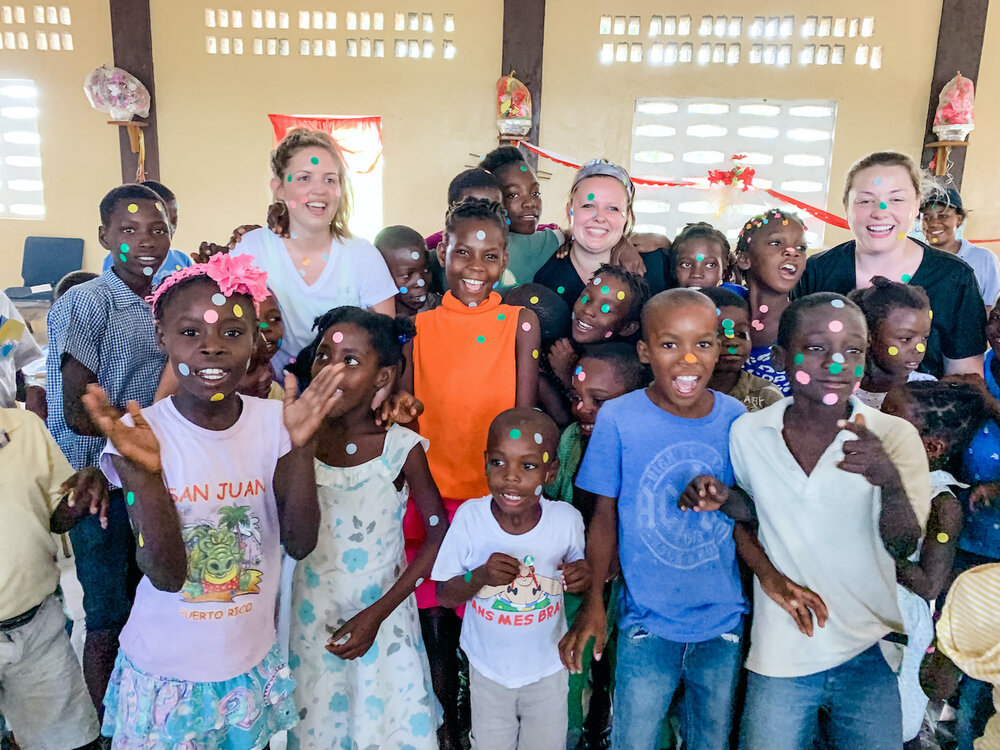
6) Engage for the long-term.
This is another biggy! Community development takes time and it’s hard work. In fact, the 410 Bridge communities take, on average, 7-10 years until they’re ready to graduate from the program. (BTW - The 410 Bridge don’t determine a graduation date. Instead, it’s very fluid until the community feels empowered to lead their own community without any partnership at all - they determine when this is once they get there, and on average that happens within about 7-10 years.)
If the true intent of going on a mission trip is to learn, encourage, and build relationships to strengthen the local church, then finding ways to still engage in those areas allows those week-long efforts to continue making an impact beyond the week we’re there! Because there’s a long-term focus and it does cost so much for us to be there for a week, the hope is that we do indeed stay engaged with the community. This can mean returning, or by engaging in other ways too: praying for them, sharing stories back home, garnering support and engagement from your own community, raising money, writing letters, and more! Remember, encouragement through fellowship is one of the biggest impacts we can make - while they do all the real work!
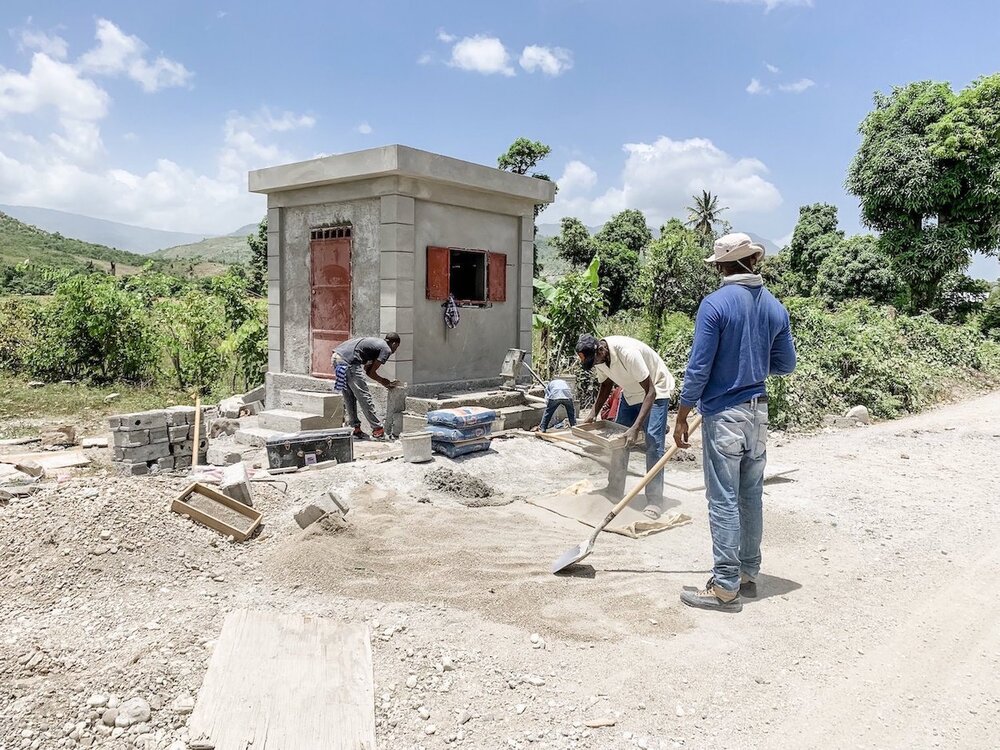
COMMUNITY MEMBERS BUILDING THE WELL
7) Realize the impact will be limited.
By now, this may go without saying, but if overlooked in the beginning, it can keep us from engaging in the ways that are important once we’re on the ground. By embracing the fact that we can’t possibly do more in a week than they do year-round, we’re able to look at the purpose of the trip in a different way, and thus focus on the areas which we CAN move the needle and make an impact. i.e. Encourage, build relationships, and grow to become good long-term neighbors and followers of Christ.
“Knowing our impact might be limited during a short visit doesn’t mean we shouldn’t go—it simply means we should admit our potential is limited and try to do the most good with the time we have.” - Rethink Missions, Chad Jordan, a PovertyCure publication
It turns out, what mission teams think they’re going to do is actually something much different. Understanding that from the very beginning, allows us to make the best use of the time we have—because after all it’s only 7-10 days. We can’t change the world in a week, but we CAN love, grow in faith together with the community, encourage each other, learn from each other, and make new friends—of whom we’ll find we need just as much as we think they need us.
To love God and love others—In the end, that’s what it means to be human and it’s what we’re called to do as followers of Christ. And that my friends, is why I’ve chosen to lead a mission trip back to Haiti this year.
P.S. If you’re tracking with me, you can likely see why I often say I don’t expect to lead a trip every year. I’m personally committed to walking with La Beyi until they graduate from the 410 Bridge program, but that doesn’t mean the only way to do so is by physically visiting them each year. I’ll only lead when we’re invited and there’s a need for a team. It takes a lot of discerning God’s will. It’s important to me to make sure the purpose of going is first and foremost for the benefit of the community, and secondly, an opportunity to create space for God to work in and through others by simply leading trips and encouraging teams to stay invested for the long-term.
Was this helpful? Let me know if you like stories like these, by commenting below!👇
Curious to dig deeper?
Here are a few Resources:
-
Helping without Hurting in Short-term Missions by Steve Corbett and Brian Fikkert (this comes with great videos and questions and it’s what I use to prepare my teams!)
-
Toxic Charity by Robert Lupton
-
Rethink Missions Toolkit published by PovertyCure (Lovelight stories is part of the PovertyCure network and I’d highly recommend this toolkit too!)
-
Here’s a quick article on this topic by The Gospel Coalition.
-
Check out The 410 Bridge to understand more about their model too!
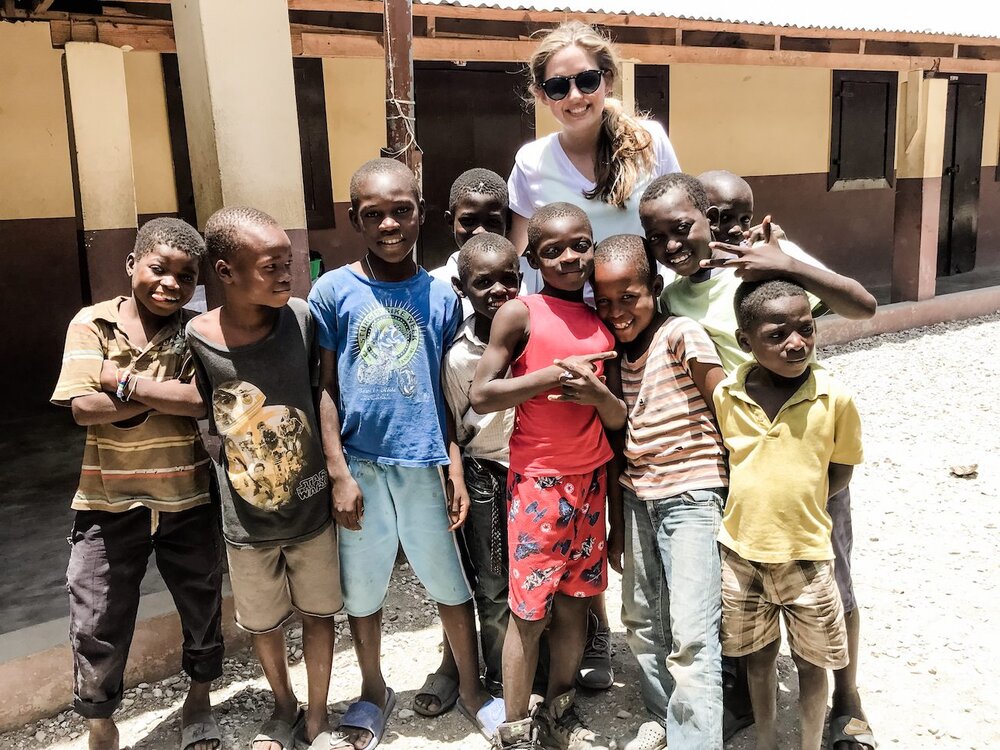
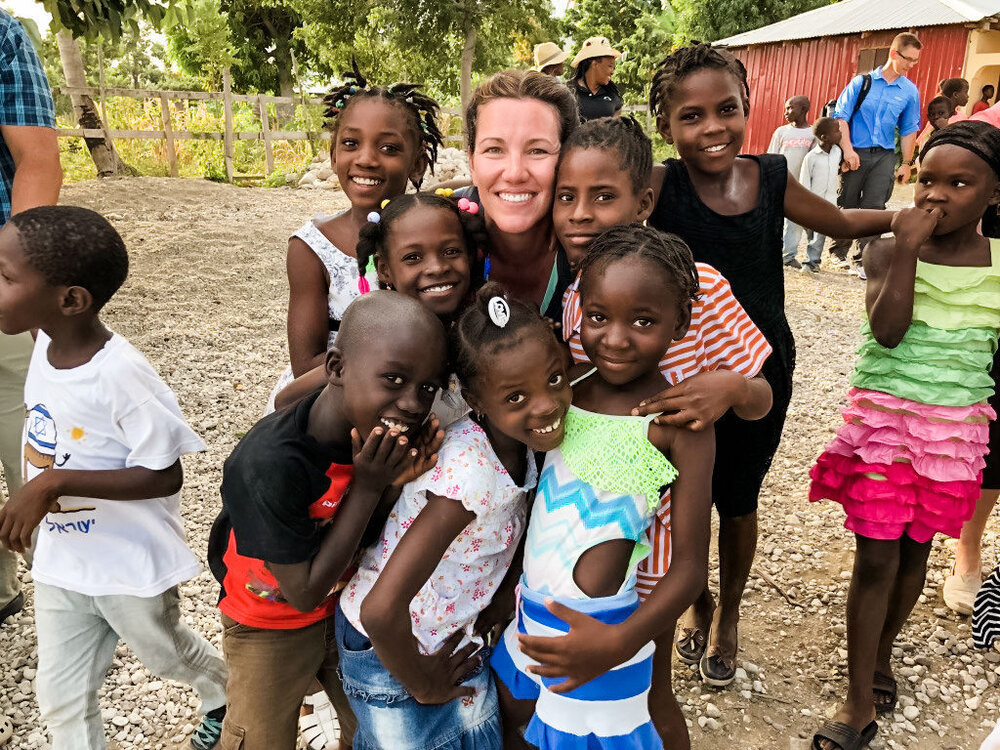

Be the first to comment